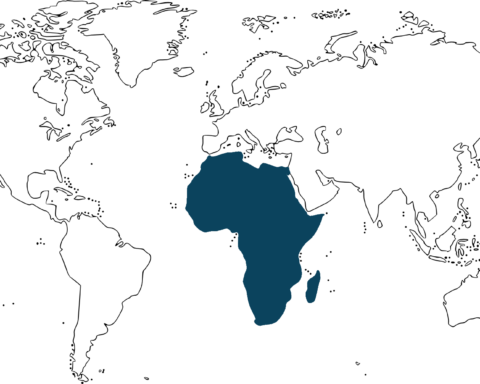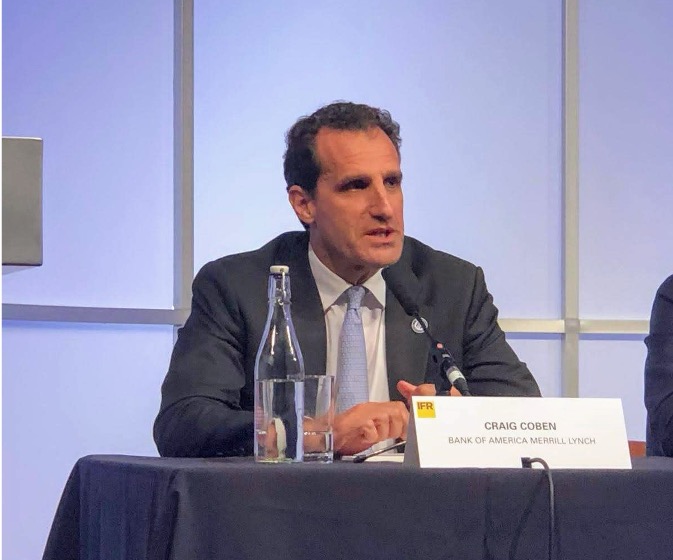Family Firms are the Majority
The overwhelming majority of companies in the world are family firms. Family firms are those in which a family exercises significant influence over equity, control and management. Commonly, these are often erroneously called “mom and pop” businesses. Far from it! Many global companies like BMW or Swatch are family firms. The economic importance of family firms is enormous all around the world, yet right up to the present day family firms lead a shadowy existence in economic literature. Most textbooks focus explicitly or implicitly on public companies and their problems, while the specifics of family firms are barely touched upon in mainstream economics and business administration.
The Four Dimensions of a Family Business
The family and its company are – even if they are not large – complex entities, and to understand them better we differentiate between four “dimensions” which are associated with specific decisions, governance requirements and information needs.
First, we have the family itself. It can consist of an individual married couple, while for “older” companies it can comprise a family group of several hundred members.
The second dimension is corporate management. The family’s involvement in running the company can take very different forms ranging from management exclusively by family members to management exclusively by non-family executives.
The third dimension is the family’s assets. Here, the company – or several companies – can constitute a part of the family’s assets or the only family asset.
The company itself represents the fourth and final dimension. It is tied into the overall system of family and family assets.
Is Harmony Possible in a Family Business?
These four dimensions signalize that there is a great need for coordination in and around the family firm. Here, we talk about four systems, each with its own “control system”:
• The main issues in the family are affiliation and personal relationships.
• The main focus of the family assets as a whole lies on sustainable growth and deployment, on questions of reinvestment, investment and distribution, and on the legal issues associated with these things.
• The company is governed by the principle of economic efficiency. When it comes to managerial positions, the decisive factor is not family membership but – as a rule – individual performance.
• There are two perspectives to managing the business: Management must run the company with a view to profitability and sustainability, but it must also preserve family interests and family values.
Is it possible to harmonize these four fields with clearly different objectives and rules of engagement to ensure that the system as a whole survives?
There are authors, such as Arist von Schlippe, who talk about “paradoxes” here, i.e. the mutual exclusivity of objectives. For example: Try to be a loving, caring member of the family and at the same time a rational entrepreneur who focuses on profitability! In general, paradoxes cannot be “resolved”.
We, on the other hand, believe that harmonization is possible in real life if we agree on objectives, priorities and “rules of engagement” as a whole in the family. We can provide a plethora of successful examples from “old” family businesses with over one hundred family members from different branches of the family (for example the family networks of C&A Brenninkmeijer, Haniel or Henkel). They have succeeded in harmonizing the different “rationalities” of family and firm or assets.
Harmonization in a Family Business
Over the years, a toolset has been developed in business administration which identifies, describes, coordinates, makes transparent and communicates financial and non-financial objectives and target priorities in the form of a target middle hierarchy. It is possible to coordinate and synchronize family and business objectives while preserving family values (such as social responsibility). Here is an example:
The family firm Ritter Sport has supported Nicaraguan smallholders in the sustainable farming of cocoa since 1990. This started from the Ritter family’s commitment to social and ecological responsibility as a family value and corporate objective.
In the words of Alfred Ritter, “… in particular as a manufacturer of chocolate, it is our responsibility to improve the social and economic conditions in cocoa farming.” In 2012 Ritter bought 2,000 hectares of land in Nicaragua which, after considerable investment, much of it in the social infrastructure of the region, should cover 30% of his demand for cocoa mass from 2017.
The balanced scorecard (Kaplan and Norton 1996) is a globally recognized system which has proven itself thousands of times over: It enables companies to clarify and break strategies down into cause-and-effect chains, it creates transparent feedback and communication processes based on key performance indicators, and it links strategies and measures of strategy implementation.
The main benefit of the balanced scorecard is the “alignment” of the entire organization with corporate strategy.
Values and strategy are defined by the family (“owner strategy”).
Specific family issues are laid down in a family constitution:
– Definition and delineation of the family
– Role and function of the family
– Transfer of company shares
– Establishment of affiliate and decision-making committees
– Conflict resolution
– Rules on rule changes
– Wealth strategy and distribution
– Activities (e.g. family days etc.)
– Talent management
Tasks relating to decision-making, performance management and control, especially at the interfaces between the four areas, must be defined by a governance system:
– Values: What is important for us?
– Strategy: How do we want to secure our existence in the long term?
– Strategy implementation: Which measures using which target values do we want to initiate to implement our strategy?
– Organization and decision-making structures and work dimensions: Who takes what decisions based on whose authority in which committee or body?
– Processes: What are the time frames and deadlines for decision-making and information flows?
– Information and its communication: Who should receive what information, when and from whom?
– Control mechanisms and compliance: Which controls should ensure compliance with internal rules and legal regulations to enable the company early on to identify risks and malicious acts?
Harmony Overcomes Paradox
This is our message: The complex relations between family and company can be brought into rational harmony with a set of business tools. The most important issues are to formulate a system of target setting (e.g. with the help of the balanced scorecard) and to design a governance system which in particular ensures coordination, performance management and communication between family and firm. This enables us to find a pragmatic resolution to the paradox between the two worlds of family and firm and to create harmony.








